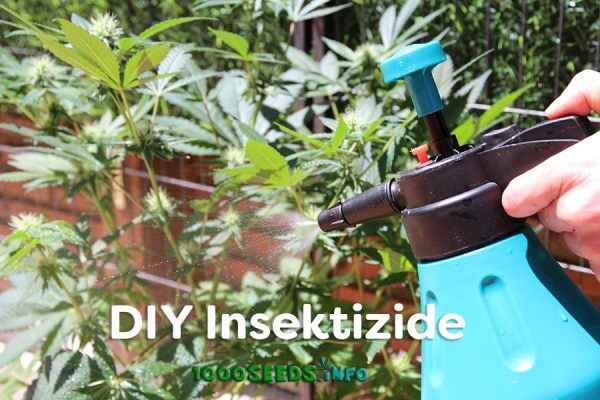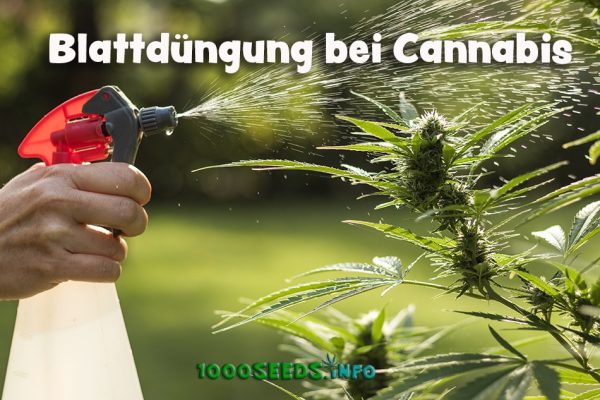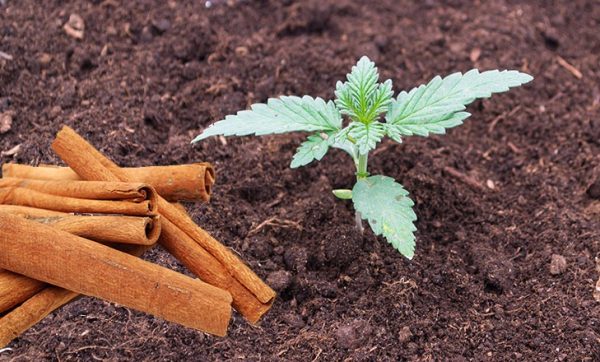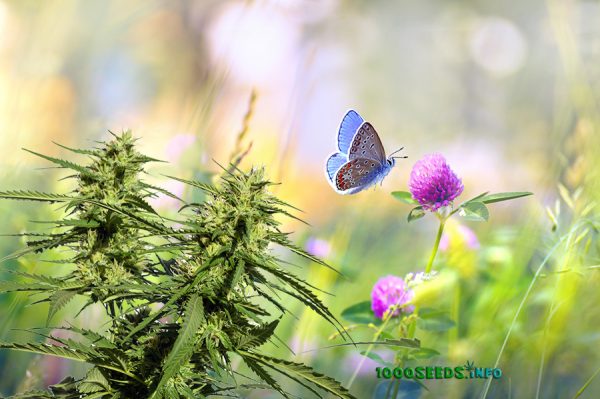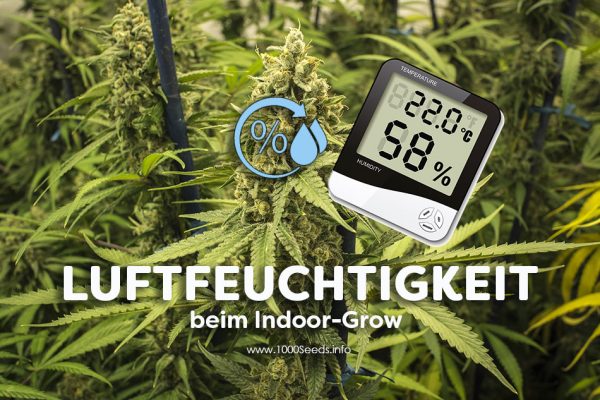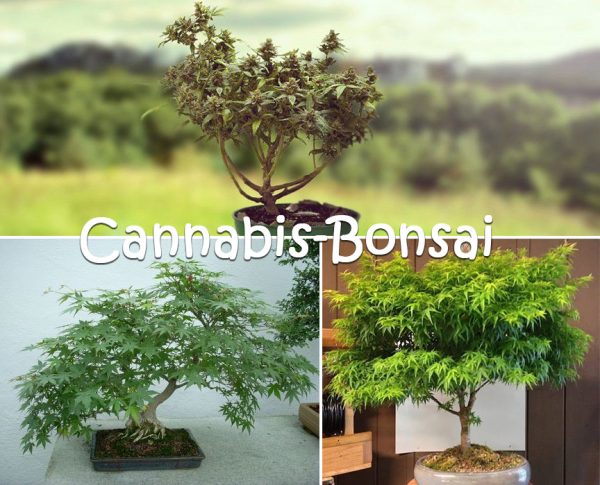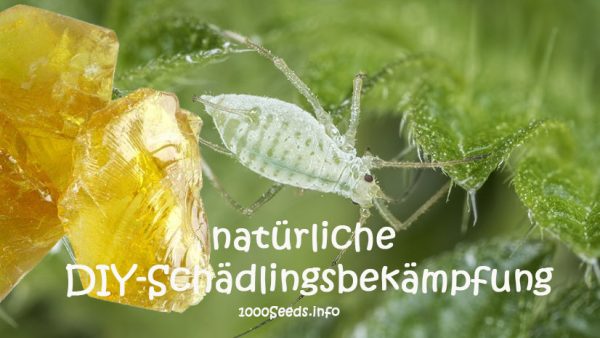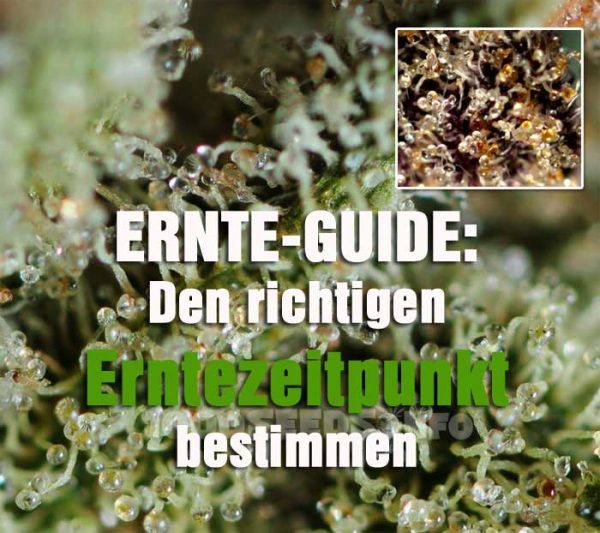Plant protection outdoor: How to prevent properly & the best measure
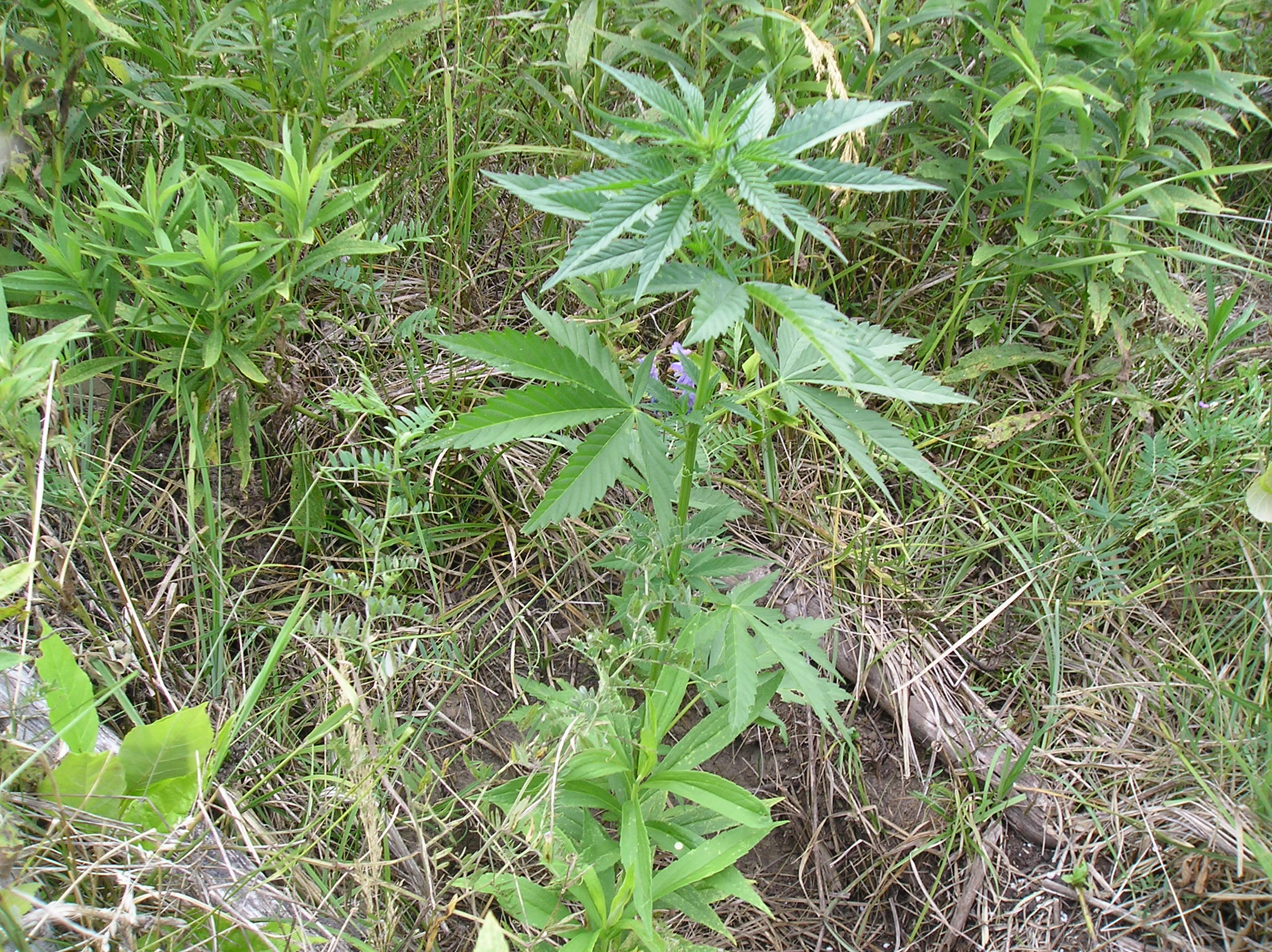 Hemp is an exceptionally fast-growing and vigorous plant. Especially outdoors, it can reach its full potential and sometimes grow as tall as a tree. In the outdoor area, pests rarely pose a threat to the hemp plants. In addition, beneficial insects often decimate the pest population and prevent excessive spread. It is only necessary to intervene if the pests should spread too much and visibly damage the plant. Then it is always advisable to use natural pesticides so that no toxins can accumulate in the plant and possibly cause adverse health effects when consumed later.
Hemp is an exceptionally fast-growing and vigorous plant. Especially outdoors, it can reach its full potential and sometimes grow as tall as a tree. In the outdoor area, pests rarely pose a threat to the hemp plants. In addition, beneficial insects often decimate the pest population and prevent excessive spread. It is only necessary to intervene if the pests should spread too much and visibly damage the plant. Then it is always advisable to use natural pesticides so that no toxins can accumulate in the plant and possibly cause adverse health effects when consumed later.
In outdoor areas, however, special attention must be paid to mould and fungal infestation. Plant protection is particularly important here. The denser and larger the buds become and the later in autumn the ripening begins, the colder and wetter the weather is, the greater the danger of fungal infestation with Botrytis cinerea (grey mould) and/or downy mildew. The latter loves cool and damp weather and, in contrast to powdery mildew, only develops on the underside of the leaves. Powdery mildew can occur on both the upper and lower leaf surfaces and can also affect stems and flowers; it is favoured by warm and dry climates.
The smart hemp grower takes precautions: If you follow some preventive and effective rules and choose the right varieties, you can better ensure the desired harvest in autumn. You should use early-flowering varieties (ripening time no later than mid to late October) or autoflowering varieties for outdoor use, so that you do not have to expose the plants to the damp and cold late autumn days and nights. During this time, the risk of fungal attack increases rapidly. Indicas are much more susceptible to mildew than sativas because of the compactness of their growth and flowers; this can also be a criterion when choosing a variety. In addition, when choosing a location, make sure that there is no waterlogging in the soil or that it cannot develop. Then root fungi (especially Pythium) become a problem for the cannabis plants, or the plant simply dies from lack of air at the roots if the waterlogging lasts longer. You can prevent the problem of waterlogging by replacing or amending the existing soil with ready-made grow soil or additives such as compost, coconut fibres and sand to ensure a loose soil structure with good drainage and aeration. Soils that are too rich in clay should be avoided in any case.
An effective plant protection measure is to apply a "mulch cover" around the trunk. This softens the pelting rains, thus protecting the soil structure, and suppresses the growth of weeds around the plant.
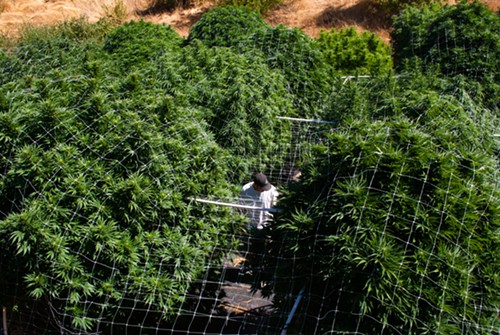
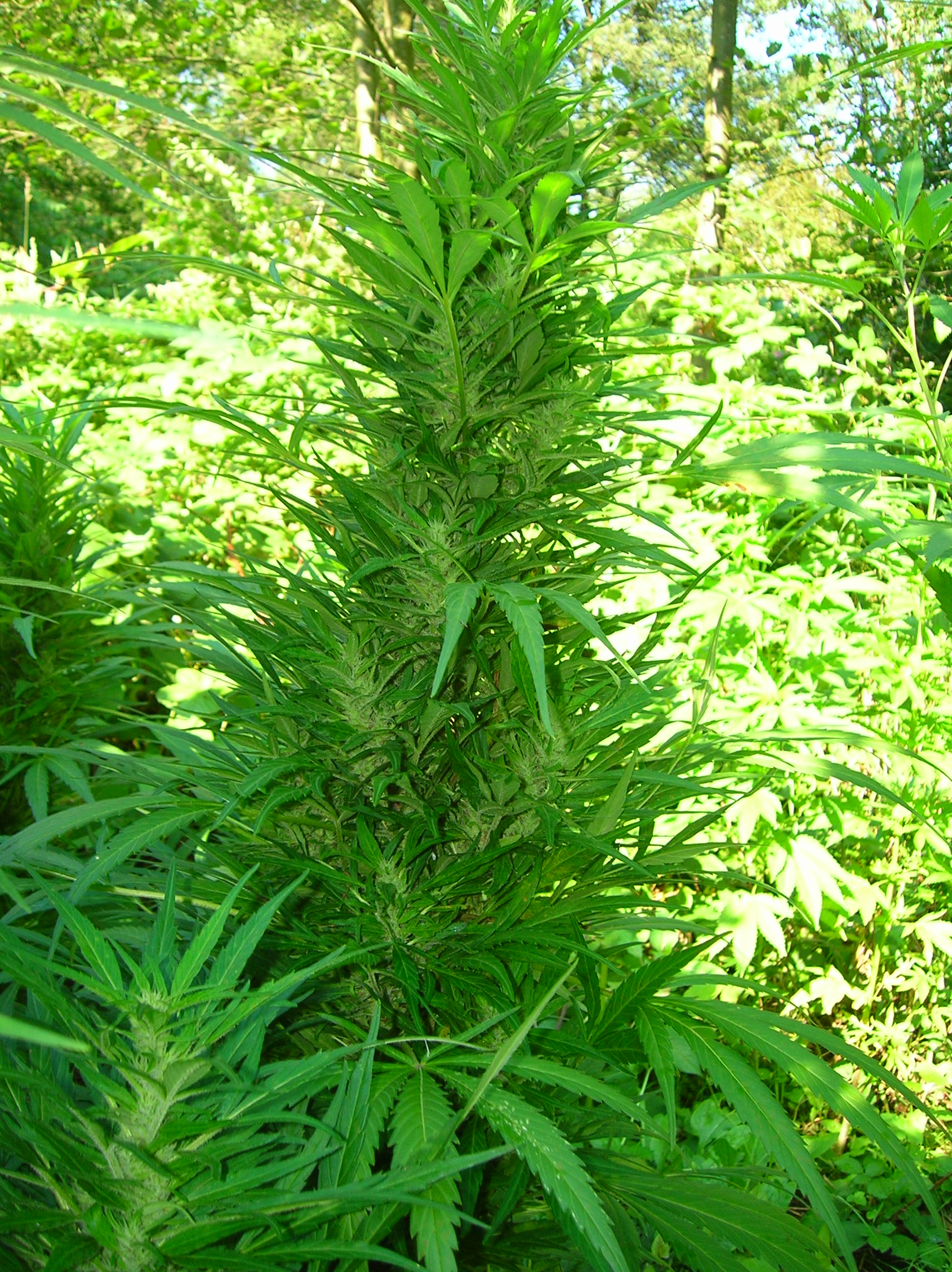
Planting and the way it is done has an impact on the risk of mould: you should plant several plants generously and with sufficient spacing so that the wind can circulate through the plant stand, thus lowering the local humidity and allowing the plants to dry out more quickly after rainfall. It is best to plant young and already vigorous plants outside. The larger and more resistant the plants are when they are put outside, the more difficult it is for pests to take possession of them.
After planting outdoors, initially rather large (rabbits, deer etc.) or medium-sized (slugs) pests are a problem for the plants. High fencing (with chicken wire fencing) provides secure protection against large pests. Slugs can cause considerable damage to young plants, especially after a prolonged period of dampness there is a danger of their appearing en masse. Then you have to keep a special eye on your plants and collect the slugs if necessary. In commercial horticulture, an approx. 20 cm high strip of galvanised sheet metal is drawn around large individual plants and bent sharply downwards at the top and outside in such a way that a one appears in the profile - an obstacle that cannot be overcome by the slugs.
Mixed cultivation is recommended onthe balcony or in the garden. From "normal" home gardening practice it is known that savory, garlic, onion and lavender, among others, help to keep aphids away. Nasturtium, chervil, sage and thyme (which are also effective against aphids) are said to do the same in relation to slugs. Furthermore, plant strengthening agents such as "ComCat" from Zentauri or "Mineral Magic" from General Hydroponics help to increase resistance to harmful organisms. These additives are mixed into the soil.
A very good and purely natural remedy is neem oil from India (active ingredient: azadirachtin). Especially for smaller plants and groups of plants, on the balcony or in the garden, the use of this remedy is very feasible and absolutely worthwhile: On the one hand, neem oil has a plant-strengthening and vitalising effect, it increases the plants' resistance and makes them thrive with even more vitality. On the other hand, neem oil can be used both preventively and proactively (direct control) against all kinds of pests, fungi, worms, bacteria and viruses - more than 200 different ones in all, including aphids and scale insects, spider mites, whiteflies, thrips, cicadas, etc.! Neem oil is even particularly effective against insect larvae, because it prevents them from moving on to their next stage of development, they then die, while the direct poisonous effect against adults is limited. Neem oil can also be used very well to combat powdery mildew, for example, and it can even be effective against mild cases of botrytis.
During application, beneficial insects such as ladybirds, spiders, lacewings, bees and ants are spared, because they are not sensitive to neem oil. The plants can be watered or sprayed with neem oil solutions (both are recommended). In short, it is a highly effective, beneficial biological agent which, by the way, is degradable within a few days, i.e. it can also be used until shortly before the harvest.
Horsetail extract (watering and spraying agent, e.g. from Neudorff) is another plant-strengthening biological agent that prevents infestation with pests, and many growers have had good experiences with it.






